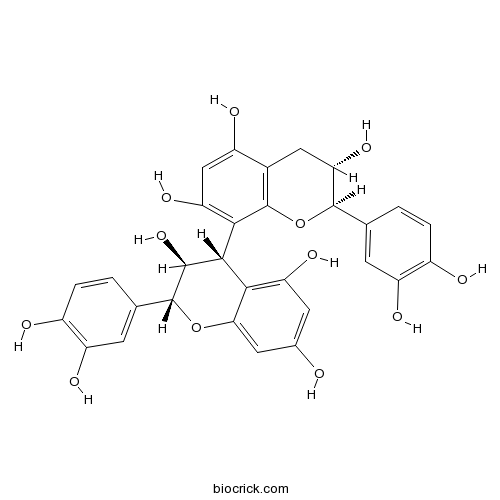Phaseolus calcaratus
Phaseolus calcaratus
Phaseolus calcaratus, the seed of Phaseolus calcaratus has traditionally been used as a herbal medicine. Catechin-7-O-glucoside can be found in the seed of Phaseolus calcaratus. In vitro, this compound has an antioxidant activity leading to a cytoprotective effect. The fractions inhibited LPS-induced nitric oxide production and cyclooxygenase-2 (COX-2) expression in the cells. The ethyl acetate fraction at 100 µg/ml almost completely suppressed NO production, iNOS and COX-2 expression, and TNF-α and IL-6 secretion in cells stimulated with LPS. The fraction also inhibited phosphorylation of extracellular signal-regulated kinase and p38 in LPS-stimulated cells with the attendant suppression of IκBα nuclear translocation and nuclear factor (NF)-κB activation. Furthermore, PHCR seed extracts contained a large number of phenolic compounds having antioxidant potentials against 1,1-diphenyl-2-picrylhydrazyl radicals and hydroxyl radicals. We identified catechin-7-O-β-D-glucopyranoside as one of the active compounds responsible for the biological activity of PHCR seed extract.
Products from Phaseolus calcaratus
- Cat.No. Product Name CAS Number COA
-
BCN5774
Liriodendrin 573-44-4
PDF

-
BCN5607
Resveratrol 501-36-0
PDF

-
BCN5201
Oxyresveratrol 29700-22-9
PDF

-
BCN4819
Maltol 118-71-8
PDF
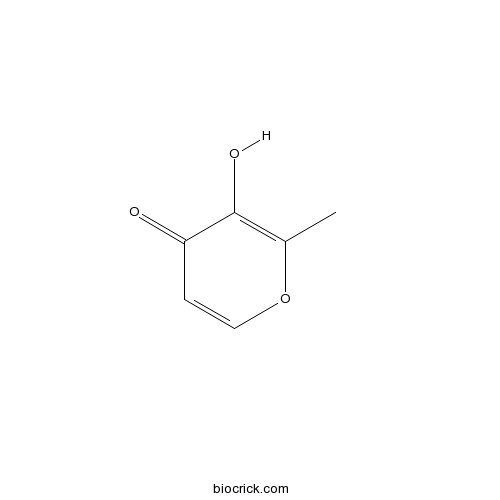
-
BCN2224
Riboflavine 83-88-5
PDF
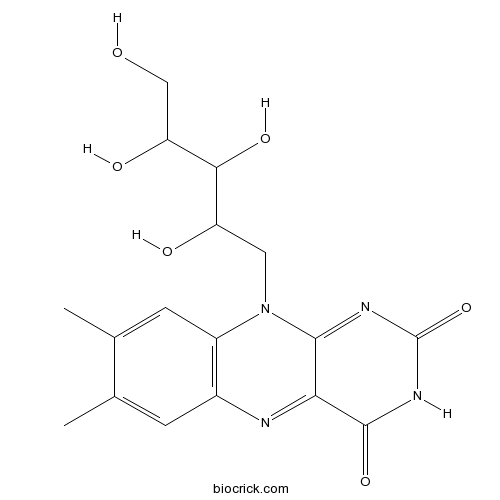
-
BCN2225
Thiamine hydrochloride 67-03-8
PDF
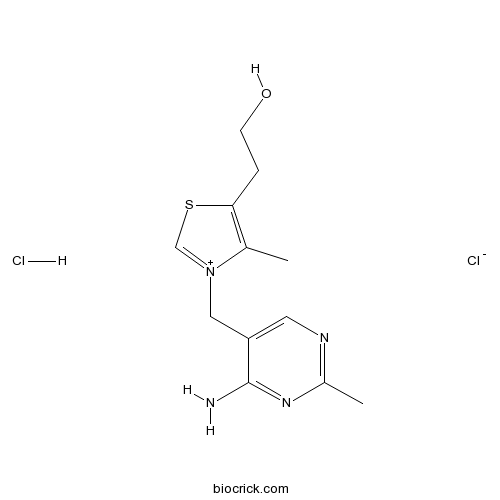
-
BCN5484
Catechin 7-xyloside 42830-48-8
PDF
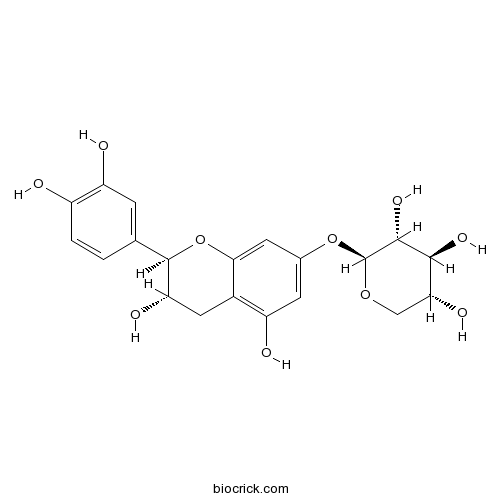
-
BCN5850
Catechin 3-rhamnoside 103630-03-1
PDF

-
BCN1688
Catechin 154-23-4
PDF
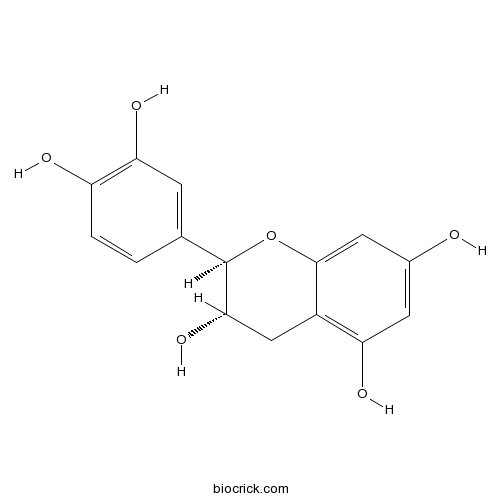
-
BCN5597
Epicatechin 490-46-0
PDF
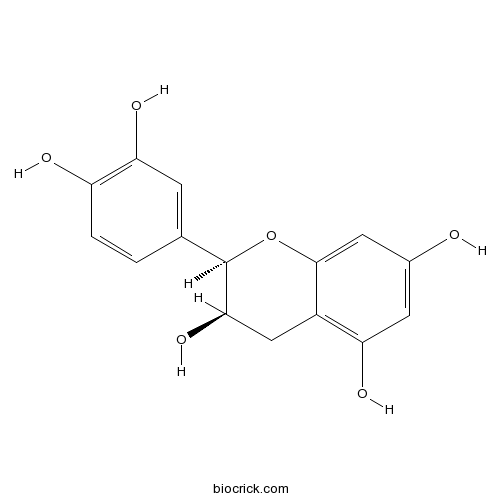
-
BCN4519
(-)-Epigallocatechin(EGC) 970-74-1
PDF
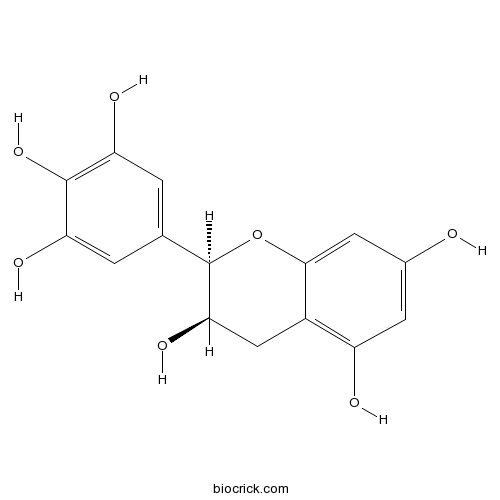
-
BCN6314
Procyanidin B1 20315-25-7
PDF

-
BCN6315
Procyanidin B2 29106-49-8
PDF

-
BCN6316
Procyanidin B3 23567-23-9
PDF
